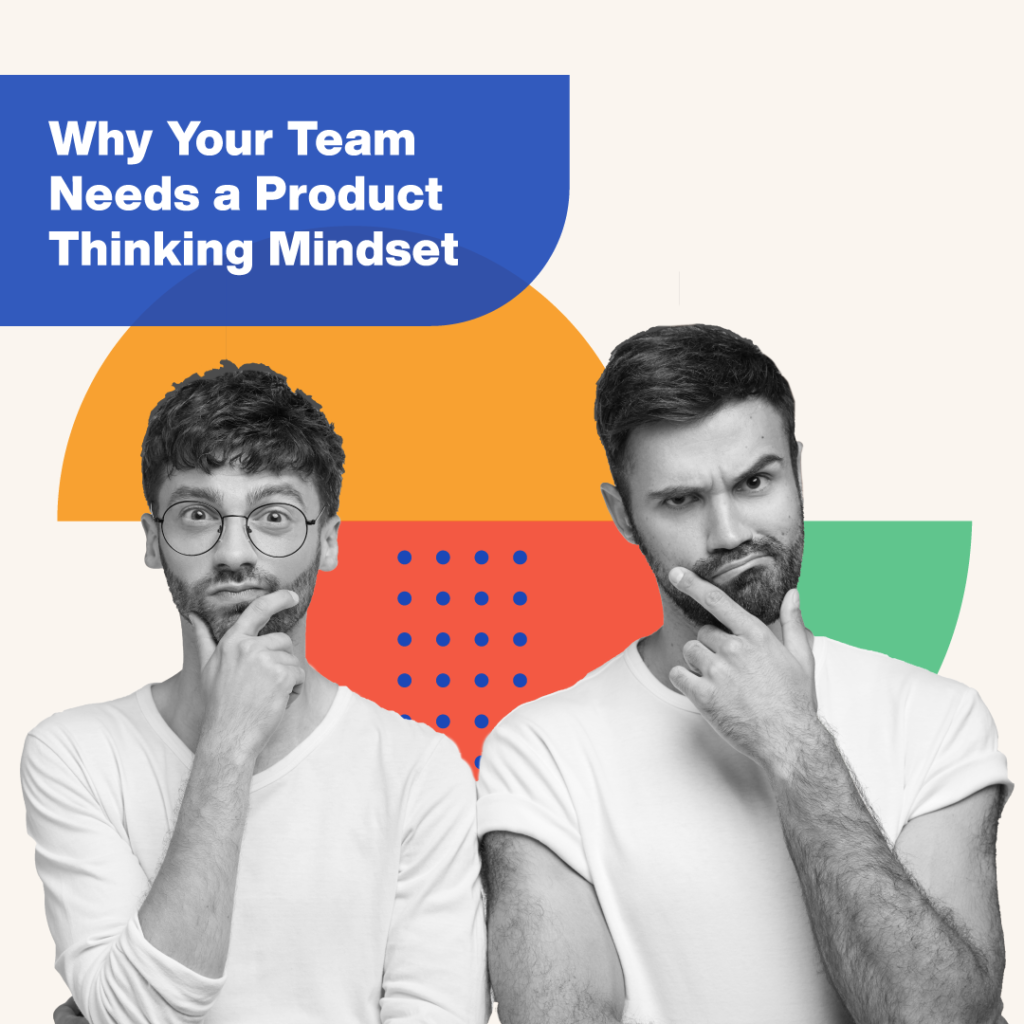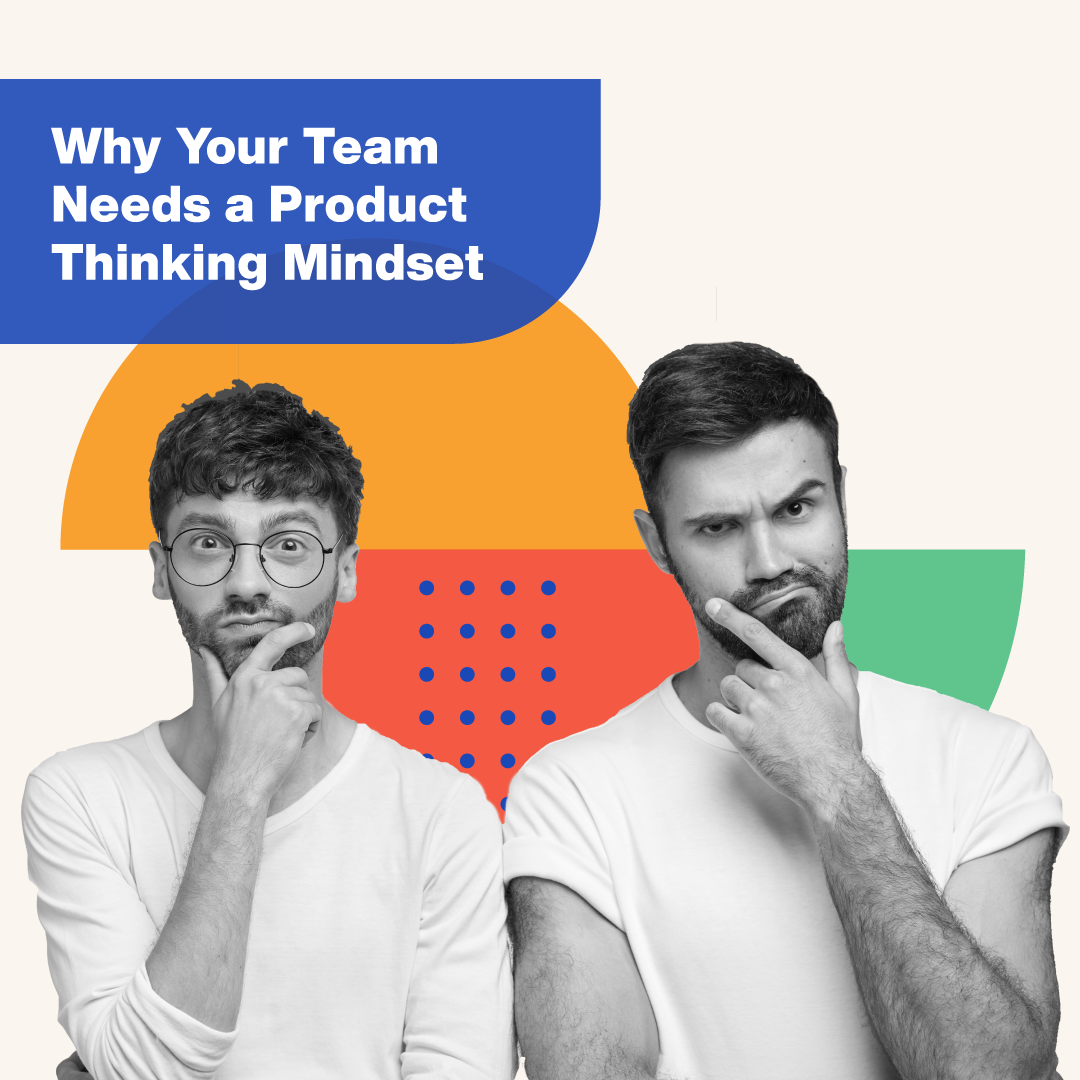The Digital Economy Imperative
In today’s market, every company is essentially a technology company, irrespective of its core product or service. The digital economy demands a specific mindset, one drawn from the principles of excellent product management teams. Yet, many companies find themselves unprepared to effectively compete in the digitally-driven, pandemic-influenced business era. Challenges range from talent shortages and outdated business processes to critical skills gaps.
Mindset Matters
Beneath various organizational challenges lies a fundamental issue—mindset. The conventional approaches and perspectives that once defined success are becoming obsolete in the face of a new world. This article explores how to instill a product thinking mindset in non-product teams, emphasizing its relevance in navigating the evolving landscape.
Defining ‘Product Mindset’
A mindset shapes how we approach goals and challenges. A product thinking mindset isn’t confined to a specific point in a system or an organizational level; it’s an all-encompassing approach. In today’s scrutinizing digital landscape, companies are held to higher standards, judged not by traditional metrics but by millions of online customers. Product thinking enables the delivery of continual, meaningful value based on robust customer data, emphasizing organizational agility over static thinking.
The Value of Product Thinking
Product thinking transcends being a mere framework; it evolves into a culture of customer experience that influences every decision. It becomes a competitive advantage for the entire business when executed effectively. Successful product-centric teams focus on developing the right strategy, refining their business model, and adapting to changing consumer behavior and needs.
Shifting from Output to Impact
Product thinking guides teams away from broad market targeting toward segment-specific targeting. It encourages a departure from a deliverables-based mindset, fostering an agile, customer-centric perspective that distinguishes outstanding companies. This approach emphasizes solving customer needs through swift, flexible, and focused research, fostering adaptability to change.
Taking a Customer-Centric Approach
Product thinking instills empathy for users and underscores the significance of delivering value owned and understood by the entire team. Leaders, whether in street-level service or tech startups, shift focus from fixed goals to continuous service and product improvement. By observing and measuring customer behavior, data-based decisions become central to improving existing products or reallocating resources to new initiatives.
Product Teams’ Success Factors
Product-led companies excel at strategy development, business model refinement, and continual adaptation to consumer behavior changes. Understanding the customer, their problems, and the solution defines the success of teams. Placing the customer at the core, incorporating feedback, and adopting an iterative approach are hallmarks of teams that do this well.
Mindset Over Methodology
While methodologies like Agile play a role in efficient project management, product thinking delves into drivers, competitive landscapes, and the actual problems users face. It focuses on outcomes, holding teams accountable for justifying actions and outcomes, emphasizing thorough research and constant iteration.
Developing a Product Mindset
Every team member can acquire product thinking skills. Starting with genuine customer interest, identifying problems to solve, and beginning with small, incremental changes can initiate a team’s transformation. Establishing clear goals and metrics, gaining buy-in from key stakeholders, and organizing teams effectively contribute to the shift toward a product thinking mindset.
Organizational Transformation
A product shift requires rewiring organizations from top to bottom, reimagining how work is done and delivered. It’s a step-by-step journey toward a customer-focused mindset, enabling teams beyond IT to deliver iterative value throughout the enterprise. Product thinking provides a common purpose behind organizational actions, uniting functions, teams, and companies in their shared pursuit of success in the digital age.






